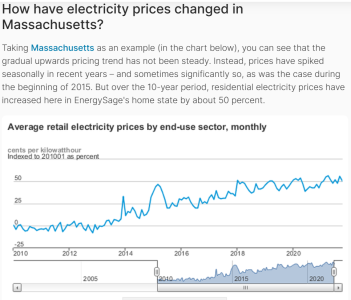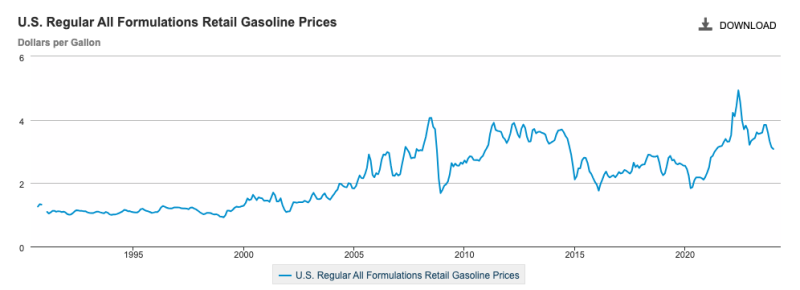kdonnel
DVC-BCV
- Joined
- Feb 1, 2001
https://www.recurrentauto.com/research/how-long-do-ev-batteries-lastAn aged battery from an BEV/HEV have been labeled and used as secondary storage in shipping containers for the grid. The requirements for cycling and energy throughput are miniscule compared to the vehicles.
EOL for most BEV's I've seen is about 75% capacity which means there is still a lot of "fuel" left in the tank.
BEV batteries are designed to meet the warranty period. Each OEM determines what they feel is adequate in terms of the design (cell/pack/thermal resistance/cooling/Ah throughput/VCO's/rated capacity/etc.).
I have never seen an EV battery designed to last for decades.
Automakers suggest a 20 year lifespan but we really don't know. The data from recurrent seems to back up the 20 year or longer useful lifespan for use in an EV.
I would not consider 75% EOL. 75% for my car would be a range of 234 miles. Still well within the normal daily driving characterics of an average US driver.

